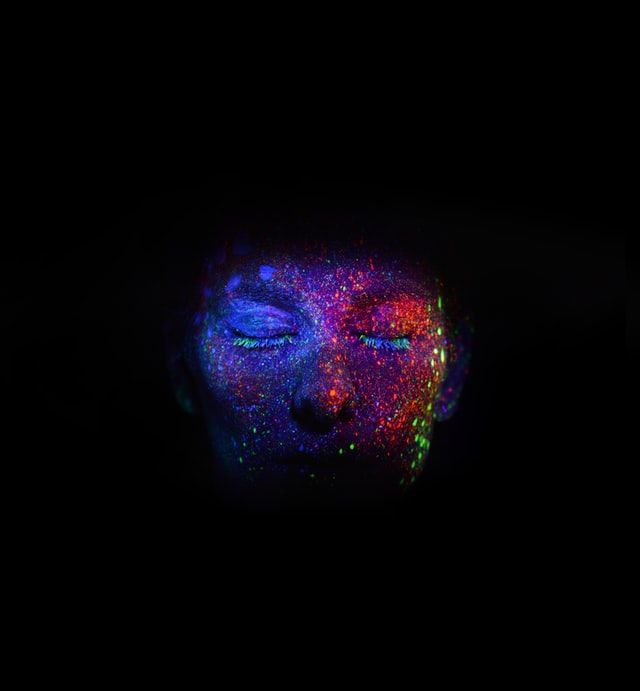GANs: A Short Introduction
A short overview on GANs

by Beth Jochim, Creative AI Lead at Libre AI
Generative Adversarial Networks (GANs) are a class of machine learning frameworks, which has been designed in 2014 by researcher Ian Goodfellow and colleagues. Goodfellow, a deep learning expert, previously worked at Google Brain and is currently director of machine learning in Apple's Special Projects Group.
Machine learning (ML) is part of the field of artificial intelligence and is the study of algorithms that upgrade automatically through data and experience. These algorithms are capable of making decisions and predictions without being explicitly programmed to perform these actions. They start from a model built on sample data that make up the machine training dataset. There are numerous applications based on machine learning algorithms, which are used in numerous sectors, from finance to self-driving cars, from medical diagnosis to image processing, and so on [1].
GANs use two neural networks that contest each other in order to generate something that looks authentic to humans. Given a dataset (or training set) of sample images, the generator produces new images and tries to fool the discriminator into thinking that they are real.

The GANs have been progressively used by many artists starting from 2018. The differences are to be found above all in the algorithms chosen and in the training set from which to start to create a work. Some artists create their own datasets and make use of their own algorithms, while others use pre-trained models and algorithms. In between, it is possible to find slightly modified, or heavily modified algorithms, combined again with datasets created from scratch or with existing ones. Pioneer AI artist Memo Akten talked about this, among other topics, in his interview with Renée Zachariou on the Artnome blog [2].
GANs are implicit generative models that are very often applied to unsupervised learning. The latter is a type of algorithm that learns patterns through unlabeled data. Through mimicry, the machine gains an understanding of how to produce imaginative content by creating an internal representation of its world. [3]
GANs rely on the training of both the discriminator and the generator. The first is dynamically updated to discover the cheating action of the generator and learns to distinguish between the images produced by the generator and those used in the training set. The generator, on the other hand, is trained starting from random noise until it can deceive the discriminator [4].
Given a training dataset, an AI artist chooses the algorithm to use, adjusts the parameters and curates the final output. The involvement of the artist is essential in every step of a work based on GANs, although the final result produced by the machine may amaze the artist himself.
GANs are making a big impact in many industries and have been covered in a lot of press. French computer scientist and Facebook’s chief AI scientist, Yann LeCun, has defined GANs a “the coolest idea in deep learning in the last 20 years.” [5]
References and Resources
[1] Wikipedia, Machine Learning. https://en.wikipedia.org/wiki/Machine_learning (Retrieved June 2021)
[2] Zachariou, Renée (2018), Machine Learning Art: An Interview With Memo Akten. https://www.artnome.com/news/2018/12/13/machine-learning-art-an-interview-with-memo-akten (Retrieved June 2021)
[3] Wikipedia, Unsupervised Learning. https://en.wikipedia.org/wiki/Unsupervised_learning (Retrieved June 2021)
[4] Wikipedia, Generative Adversarial Network. https://en.wikipedia.org/wiki/Generative_adversarial_network (Retrieved June 2021)
[5] Giles, Martin (2018), The GANfather: The man who’s given machines the gift of imagination. https://www.technologyreview.com/2018/02/21/145289/the-ganfather-the-man-whos-given-machines-the-gift-of-imagination/ (Retrieved June 2021)
Photo (Cover) by h heyerlein on Unsplash
